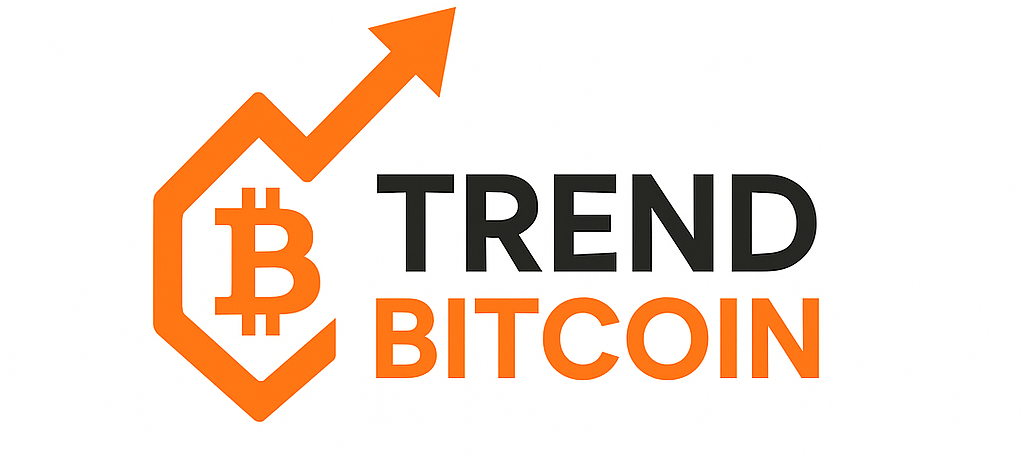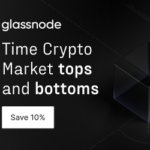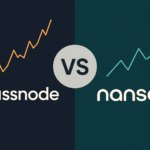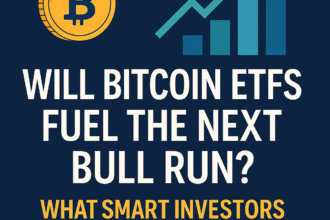In the fast-moving world of crypto investing, information is power. While many traders focus only on price charts, the most successful investors dig deeper—into the blockchain itself. This is where on-chain metrics come into play. These powerful data points provide insights into what’s really happening beneath the surface of the market.
As we move into 2025, understanding on-chain activity will be more important than ever. With growing institutional interest, increasing market complexity, and a maturing investor base, data-driven strategies are no longer optional. They’re essential.
In this article, we’ll explore 5 key on-chain metrics that every serious crypto investor should watch, why they matter, and how to access them easily using platforms like Glassnode.
1. Exchange Net Position Change
What it is: This metric shows the net flow of coins to and from centralized exchanges.
Why it matters: A high inflow of crypto to exchanges usually signals that investors are preparing to sell. On the other hand, outflows mean coins are being moved to cold storage, indicating accumulation and long-term holding.
How to use it:
- Watch for spikes in inflows during bullish rallies—they may indicate a local top.
- Significant outflows during price dips can signal smart money accumulating.
Where to find it: Glassnode’s “Exchange Net Position Change” dashboard provides a clear, visual representation of daily flows.
2. HODL Waves
What it is: HODL Waves show the distribution of coins based on the age since they were last moved.
Why it matters: This gives insights into investor conviction. Long-held coins tend not to move during short-term volatility. If older coins start moving, it can be a warning sign of upcoming selling pressure.
How to use it:
- A rise in younger coins indicates increased trading activity.
- More older coins (1 year+) suggest strong holding behavior, which supports bullish sentiment.
Where to find it: Glassnode’s HODL Waves chart is interactive and helps visualize how long different age groups have held their coins.
3. MVRV Ratio (Market Value to Realized Value)
What it is: This compares the current market cap to the total amount investors actually paid for their coins (realized cap).
Why it matters: It gives a sense of whether the market is overvalued or undervalued.
How to use it:
- An MVRV over 3.0 has historically signaled market tops.
- An MVRV under 1.0 often indicates undervalued conditions—potentially a good buying opportunity.
Where to find it: MVRV Ratio is a core metric on Glassnode, updated daily and historically backtested.
4. Active Addresses
What it is: This tracks the number of unique addresses actively sending or receiving coins each day.
Why it matters: A growing number of active addresses often means the network is healthy and seeing increased adoption. Conversely, a decline may show a drop in user engagement.
How to use it:
- Use rising active addresses as a confirmation signal during bull runs.
- Be cautious during periods of falling activity, especially in altcoins.
Where to find it: Glassnode tracks active addresses across Bitcoin, Ethereum, and other top chains.
5. Stablecoin Supply Ratio (SSR)
What it is: SSR measures the ratio between Bitcoin’s market cap and the total supply of stablecoins like USDT and USDC.
Why it matters: It helps assess the buying power in the crypto market. A lower SSR means more stablecoins are available relative to BTC, which could drive future demand.
How to use it:
- Low SSR = high buying power = potential upward pressure on BTC.
- High SSR = limited stablecoin reserves = potential market exhaustion.
Where to find it: Glassnode’s SSR chart is simple to understand and incredibly useful in spotting entry points.
Bonus Tip: Combine Metrics for Smarter Decisions
These metrics are powerful on their own, but using them together paints a fuller picture. For example:
- Combine Exchange Net Position Change with MVRV to identify high-risk zones.
- Use Active Addresses alongside HODL Waves to assess both activity and sentiment.
Smart investors know that no single metric tells the whole story. But taken together, these on-chain indicators can help reduce guesswork and make more informed decisions.
Final Thoughts: How to Access These Metrics Easily
While raw blockchain data is public, it’s often complex and difficult to work with. That’s where platforms like Glassnode come in. Glassnode turns blockchain data into easy-to-read charts, historical trends, and actionable insights. It’s a trusted platform used by institutional investors, hedge funds, analysts, and everyday crypto enthusiasts.
Whether you’re tracking long-term trends or researching a specific token, Glassnode makes on-chain data accessible and valuable.









